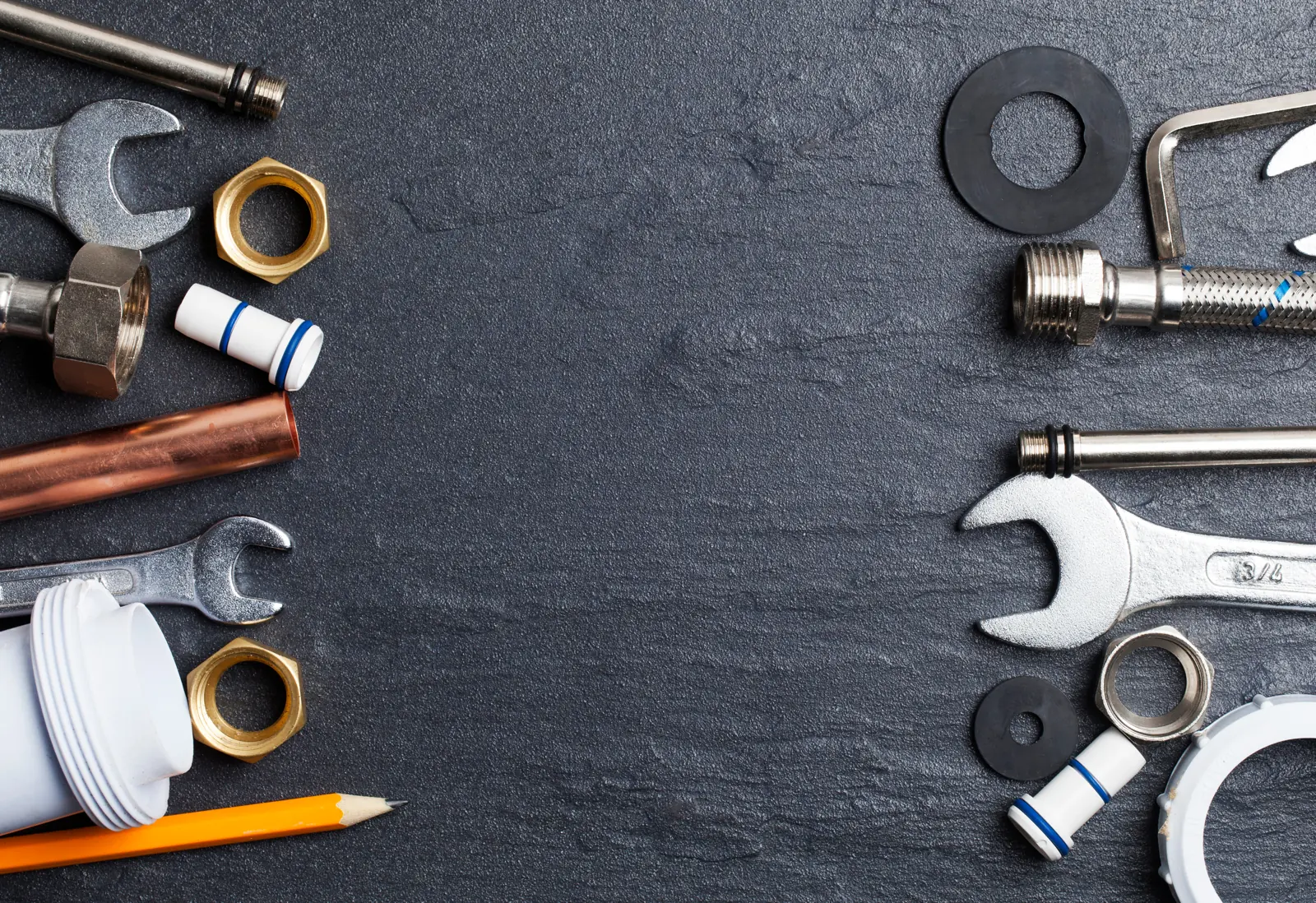Maintaining your grease trap is crucial for any kitchen, especially in commercial settings where the volume of grease and food particles is significant. Proper maintenance prevents plumbing emergencies and ensures your kitchen runs smoothly. Here’s a straightforward guide to grease trap maintenance from Hi-Desert Plumbing.
Understanding Grease Traps
A grease trap, alternatively referred to as a grease interceptor, serves as a plumbing fixture that captures a majority of grease and solid particles prior to their entry into the wastewater disposal system. These devices play a critical role in avoiding drain blockages and unpleasant smells, while also helping to meet health and safety standards.
Frequency of Cleaning
The cleaning intervals for grease traps vary based on how much grease your facility generates. Generally, it is advisable to clean grease traps every one to three months. Kitchens with heavy usage might need to clean their traps more often. It’s important to regularly check the accumulation of grease to establish an appropriate maintenance schedule tailored to your specific requirements.
Signs of a Full Grease Trap
Watch for signs that your grease trap needs cleaning:
- Slow draining sinks
- Unpleasant odors in the kitchen
- Visible grease buildup in the trap
- Poor water quality exiting the trap
These signs indicate it’s time to clean your grease trap to prevent backups and other plumbing issues.
Cleaning Process
Here’s how you can clean your grease trap:
- Safety First: Wear protective gloves and goggles to protect against bacteria and odor.
- Remove the Lid: Carefully remove the lid of the grease trap. Ensure not to damage any gaskets on the lid.
- Skim the Grease: Use a small bucket or a ladle to remove the layer of fats, oils, and grease that has accumulated on top. Dispose of this waste according to local regulations.
- Remove Solids: After removing the grease, scoop out any solid materials from the bottom of the trap.
- Scrub and Rinse: Once the grease and solids are removed, scrub the sides of the grease trap with a brush and a mixture of warm water and dish soap. Rinse the trap thoroughly.
- Inspect for Damage: Check for any signs of wear or damage. If you find any issues, contact a professional for repairs.
- Replace the Lid: Securely replace the lid, ensuring a tight seal to prevent leaks.
Professional Maintenance
While smaller grease traps can often be cleaned by your staff, larger systems often require professional maintenance. Professionals like Hi-Desert Plumbing can perform a more thorough cleaning and inspection, ensuring your system operates efficiently and complies with local health regulations.
Preventive Measures
To extend the life of your grease trap and reduce cleaning frequency, consider the following tips:
- Avoid disposing of large amounts of grease and food remnants down the drain.
- Use strainers in sink drains to catch solids before they enter the grease trap.
- Educate your staff on the importance of grease trap maintenance and proper waste disposal practices.
Hi-Desert Plumbing offers professional grease trap maintenance services to guarantee the efficient running of commercial kitchens. For urgent help or to arrange a consultation, call us immediately. Schedule your appointment now by calling or filling out our online form.
Regular grease trap maintenance is essential for the efficient operation and compliance of your industrial kitchen. Your grease trap system will continue to function at peak efficiency with the help of Hi-Desert Plumbing’s knowledge and commitment to happy customers.
Get in touch with Hi-Desert Plumbing immediately for dependable grease trap maintenance services and prevent expensive repairs and regulatory fines.

